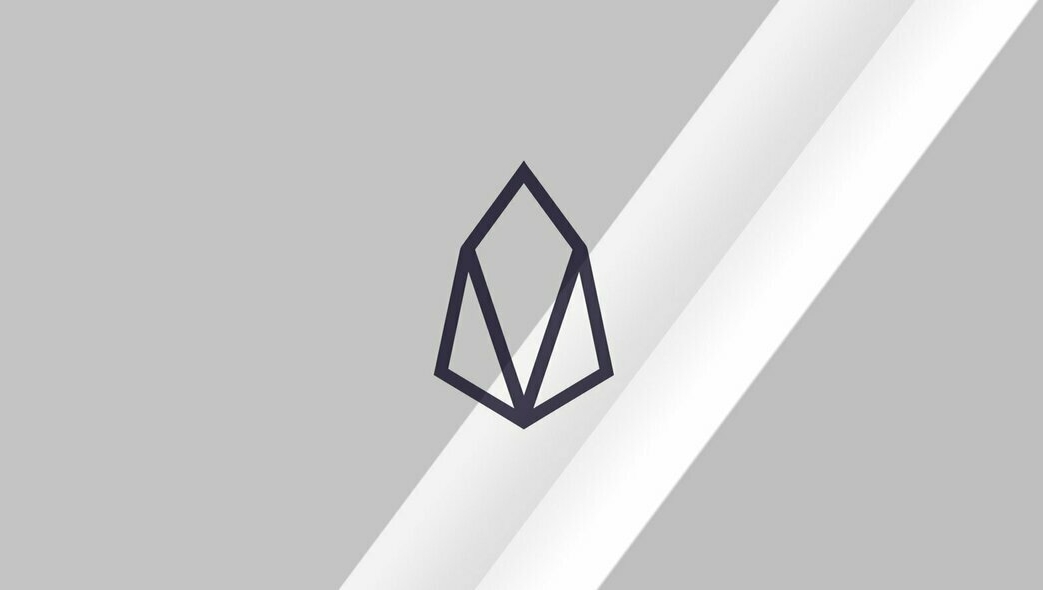
Yves La Rose, CEO of ENF, has made it abundantly clear that the community-driven EOS Network Foundation (ENF) doesn’t want Block.one to be any part of the EOS blockchain network.
Addressing the media, he stressed, “Through multiple first-hand statements in their investigation, Wired established that Block.one was intentional in their pursuit of greed. After failing to deliver on multiple promises, the EOS community rejected Theranos / Elizabeth Holmes’ like behavior and established its own path with a set of community-driven values at its core. With the EOS Network Foundation now at the helm, we’ve proven ourselves to be capable of executing and are steadfast in our commitment to enhancing our ecosystem and putting the EOS token holders first.”
Built using open-source technology originally developed by Cayman Island-based company Block.one, the EOS Network was once heralded as the most efficient blockchain network in existence. The project’s native EOS token was once ranked among the seven-largest cryptocurrencies by market capitalization, but everything came tumbling down as Block.one became embroiled in a whirlwind of lawsuits and regulatory inquiries.
Yves La Rose and the ENF community believe in the potential of EOS Network; their grievance is with Block.one, and rightfully so. Despite raising a staggering $4.1 billion through the ICO, Block.one’s development efforts failed to match, contributing to the EOS token’s decline to all-time lows.
Block.one’s Indifference Toward EOS
Things started extremely well for EOS Network. The project had a great plan, a robust roadmap, and an experienced team. Block.one promised a network that is fully decentralized and highly scalable ecosystem alongside near-zero fees. Riding the hype, Block.one raised $4.1 billion via its ICO, still the largest ICO in crypto history. During the ICO, Block.one released 900 million tokens into the market.
The ICO was a hit, and EOS Network was all set to disrupt the market. However, at this point, the tables turned. Back in December 2017, Brendan Blumer, the CEO of Block.one, had promised to allocate $1 billion from the ICO through EOS VC to develop the underlying technology further and support new projects building on EOS. According to ENF, much of the funds raised during the ICO have already been invested in unrelated projects, leaving EOS on the verge of extinction.
Shortly after the ICO, allegations started to float about irregularities like wash trading and vote trading. On top of it, several media outlets reported that the majority of the stakes in the EOS Network were owned by Chinese companies, leading to more confusion among EOS’ early backers. At nearly the same time, the US SEC charged Block.one for raising funds for unregistered security, eventually agreeing to a settlement of $27.5 million.
Development activity on the EOS Network came to a sudden halt after Block.one’s lead developer Dan Larimer and most of his team left the company in 2019. By this point, Block.one had sidelined the EOS Network and was busy with other projects such as the crypto exchange Bullish – which derives liquidity in part from the proceeds of the infamous ICO. Moreover, Block.one faced another legal blow in 2020 when investment firm Crypto Assets Opportunity Fund (CAOF) filed a class-action lawsuit accusing it of failing to deliver on the promises it made during the ICO.
After years of neglect, the EOS community came together, thus forming the EOS Network Foundation, or ENF, in 2021. As expected, ENF has already started reviving the ecosystem through strategic partnerships, new investments, and publishing a result-oriented roadmap.
Earlier this year, 6.5 million EOS tokens were transferred to ENF’s official account, intended to rebuild the network to meet existing market standards. Additionally, ENF recently launched an extensive Blue Paper to address the shortcomings of EOS Network’s components, including wallets, SDKs, and existing UI/UX standards.



